Provisions for battery energy storage systems (BESS) have become a standard feature of large-scale solar projects, and even standalone facilities for grid-stabilization efforts. The major strides in BESS installed capacity in recent years have moved engineering, procurement and construction (EPC) processes for ensuring successful projects to the forefront.
Virginia-based BESS manufacturer and engineering services firm Fluence Energy has produced a report on EPC best practices for large-scale installations that include case studies illustrating these. Many of the BESS deployment challenges outlined in the report – permitting and interconnection, financing, supply chain and construction logistics, commissioning and integration, and ensuring long-term availability – are applicable to any large-scale solar project (and most engineering-heavy construction generally).
However, meeting these challenges from an energy storage standpoint requires some unique planning and execution considerations, Fluence said:
Today’s projects are asked to do more than ever – operate within sophisticated hybrid power plants, participate in stringent ancillary service markets, and, in some regions, provide advanced grid-forming capabilities that are fundamental to system stability. These capabilities bring tangible technical and operational challenges, from navigating regulatory hurdles to integrating with legacy infrastructure and managing complex commissioning requirements.
One key practice to manage project complexity and attendant risk, Fluence said. is to pursue pre–notice to proceed activities, such as front-end engineering and design (FEED) or early work agreements as allowed by governing jurisdictions. While these practices may increase up-front costs, in the long run they can shorten project timelines and reduce costs if projects proceed to completion.
According to engineering consulting firm Blackridge Research, a FEED study may cost 2% of a project’s budget but can result in a 30% reduction in overall project cost.
Another important activity, Fluence said, is engaging with local firefighters and other first responders and conducting training sessions with them on the particulars of the BESS installation. This is over and above UL 9540A fire testing to ensure NFPA 855 (2026) compliance. John Zahurancik, president of Fluence Energy Americas, told pv magazine USA that expertise needs to flow readily between supplies, contractors, operators and first responders so that everybody understands the characteristics of installations. This enhances safety and builds community confidence.
In case study examples, Fluence related how complex BESS installations have become and the demanding environments in which they are required to operate. In the U.S., for example, Orsted selected Fluence as the technology and EPC provider for the 300 MW/1.2 GWh battery system at the Eleven Mile Solar Center in Arizona. Operational in 2024, the state’s largest co-located solar generation and battery storage site provides critical evening peak power for the Salt River Project utility and supports Meta’s Mesa data center under a long-term PPA.
A more challenging situation, perhaps, was found Ukraine, where Fluence partnered with Kyiv-based energy provider DTEK to install 200 MW/400 MWh of BESS across six sites under wartime conditions. Completed in September, Fluence said the project provides a buffer for 600,000 homes ahead of winter and decentralizes the nation’s power grid, making it more resilient.
This content is protected by copyright and may not be reused. If you want to cooperate with us and would like to reuse some of our content, please contact: editors@pv-magazine.com.
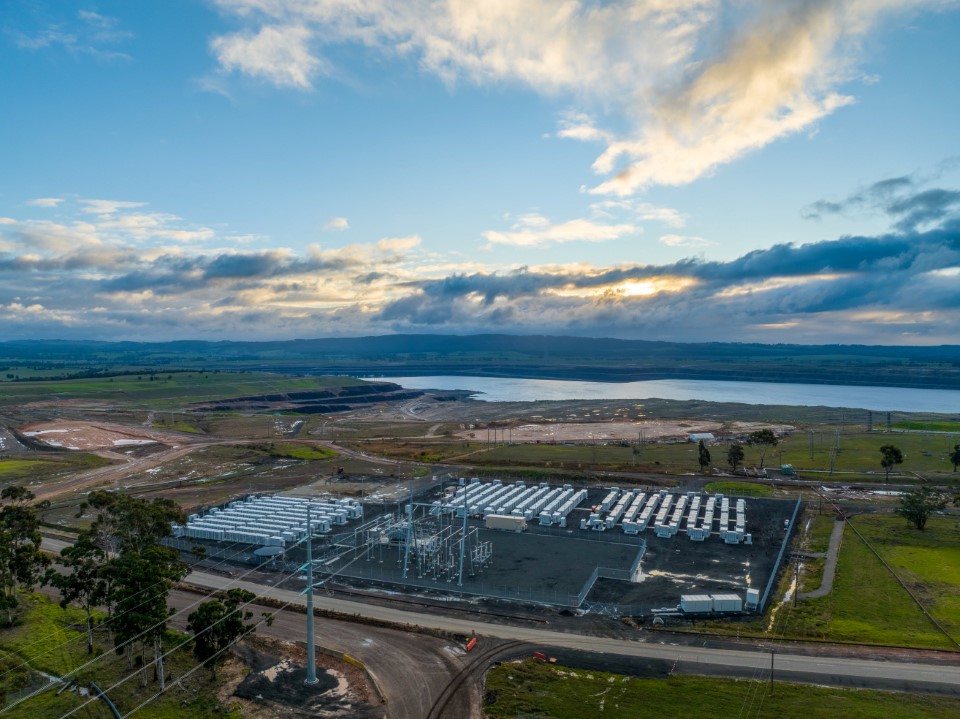
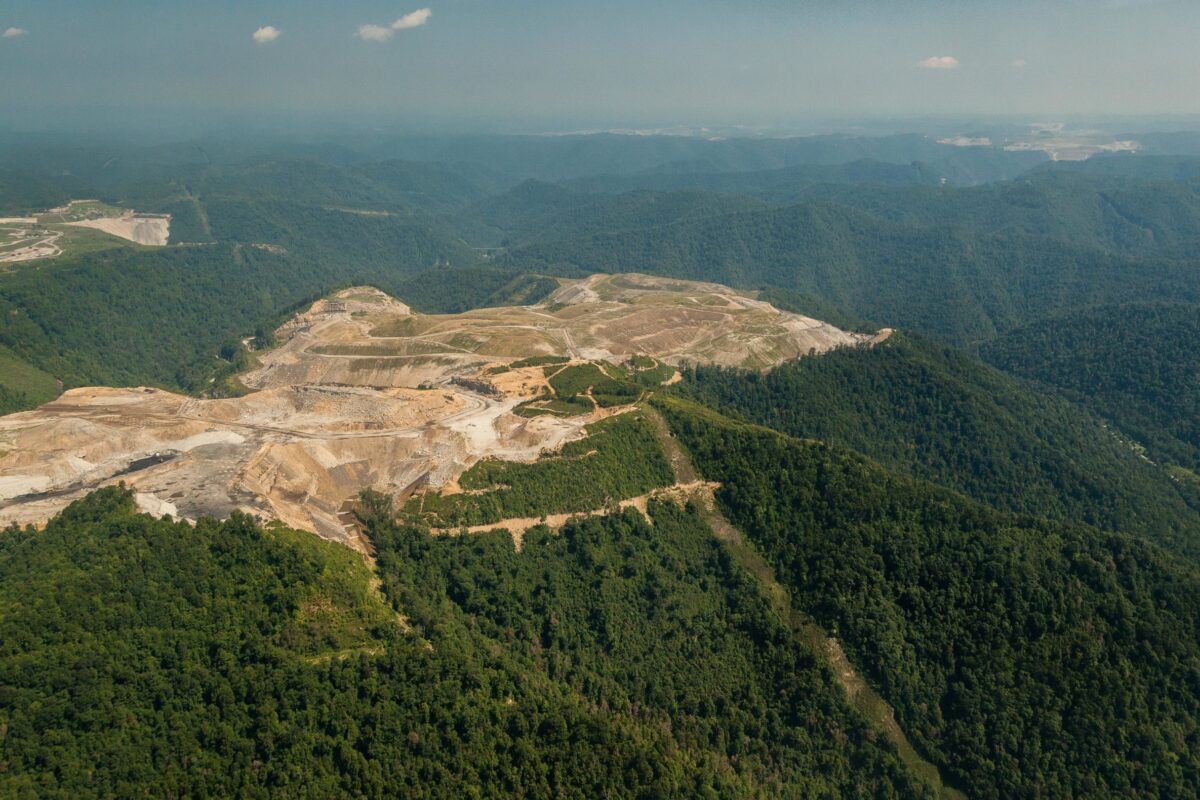




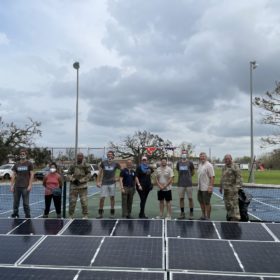
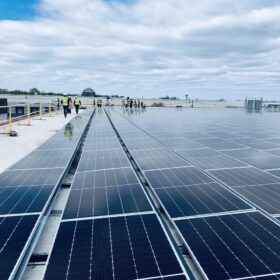
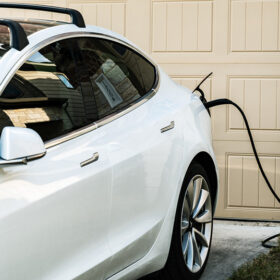
By submitting this form you agree to pv magazine using your data for the purposes of publishing your comment.
Your personal data will only be disclosed or otherwise transmitted to third parties for the purposes of spam filtering or if this is necessary for technical maintenance of the website. Any other transfer to third parties will not take place unless this is justified on the basis of applicable data protection regulations or if pv magazine is legally obliged to do so.
You may revoke this consent at any time with effect for the future, in which case your personal data will be deleted immediately. Otherwise, your data will be deleted if pv magazine has processed your request or the purpose of data storage is fulfilled.
Further information on data privacy can be found in our Data Protection Policy.